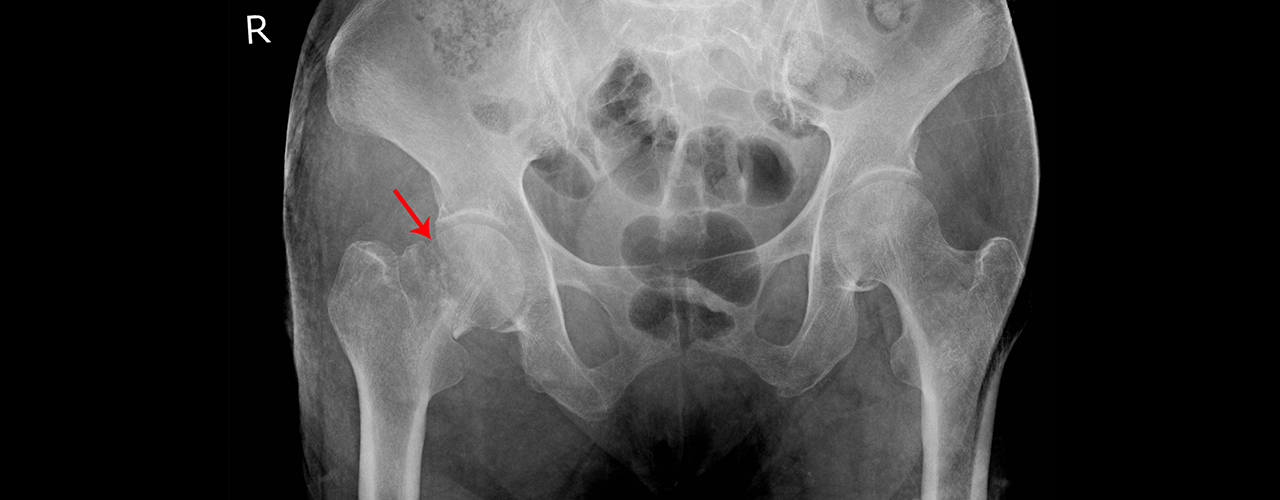Pelvic Inflamatory Disease

PID is one of the most common causes of infertility but can be successfully treated.
The female reproductive system as you know of consists of various organs including the uterus, ovaries, fallopian tubes, and vagina and each one plays a significant role when you plan on having a family and long to be a mother. There are certain situations when these organs could get infected and affect the fertility rate.
What is PID?
Pelvic Inflammatory Disease (PID) is a condition, an infection of the female reproductive organs which if untreated can cause infertility.
The infection usually starts in the vagina and could spread to other organs of the reproductive system. The aetiology of the infection could be either bacterial or fungal. PID causes scarring of the fallopian tubes which can further block the tubes and impede the fertilization process. The scarring may also interfere with the movement of the fertilized egg to the uterus, subsequently causing it to grow and develop in the fallopian tubes. There is a risk of rupture of the tube causing excessive bleeding in the abdominal or pelvic region.
Causes of PID
More commonly, PID is caused by sexually transmitted diseases like Chlamydia and Gonorrhea.
• Chlamydia: This is caused by the bacteria chlamydia trachomatis and can be treated with appropriate antibiotics. If left untreated, this could spread to other organs.
• Gonorrhoea: This is also a type of bacterial infection that quite often affects the rectum, urethra, or throat. It can also sometimes affect the cervix in women.
Symptoms of PID
Most of the time PID is asymptomatic but if it does exist, the symptoms are very mild. Some of the common symptoms of PID include:
• Pain in the lower abdomen.
• Abnormal vaginal discharge.
• Pain with urination.
• Abnormal menstrual bleeding.
• Dyspareunia.
There is no single test to identify the problem. To know if you are having PID, your doctor might begin to examine by questioning you about your medical history, birth control techniques, your sexual habits, or any signs or symptoms that you could be experiencing.
If there is even a very small doubt that you could be having PID but not definite, your doctor could refer you for:
• Pelvic exam – To examine the pelvic region for any swelling or tenderness. Fluids from the vagina or cervix can also be taken to be sent as samples to test for Chlamydia or gonorrhoea.
• Blood/Urine test – To test for HIV or other sexually transmitted diseases. It is also used to check for white blood cell count or any other markers of inflammation or infection.
• Ultrasound – To better delineate an underlying cause that requires imaging.
If the above tests fail to reveal anything, but still there is suspicion of the infection, you could be referred to undergo additional testing such as:
• Endometrial biopsy – A sample of endometrial tissue is obtained by the insertion of a thin tube inside the uterus to test for any signs of infection or inflammation.
Women of any age can have PID; however, it is very likely to affect women of ages 25 or below
Who is at greater risk of pelvic inflammatory disease?
You are more likely to be at higher risk of having PID for the following reasons:
• A PID in the past.
• Multiple sex partners.
• A sex partner with multiple sex partners.
• Douching.
Treatment Course
Immediate treatment and prompt care with appropriate medications can treat the infection that could be causing PID; however, there is no treatment to reverse the scarring or undo the damage to the reproductive organs caused by PID. Treatment most commonly recommended includes:
• Antibiotics – Depending on the results of the testing done to find the underlying aetiology causing the PID, certain antibiotics or a combination of antibiotics could be prescribed for a particular duration, which needs to be strictly followed for better results.
• Regular screening for STDs – For women who are sexually active and younger than 25 years, as a safety measure, it is always better to undergo testing at least once a year.
• Abstinence – If either of the sex partners has been diagnosed with STD, it is wise to refrain from any sexual activity until the completion of the treatment course and the symptoms have completely subsided.
If you are suffering from any of the above symptoms and willing to get pregnant, it does not necessarily mean that you could be having a pelvic inflammatory disease. In all likelihood, there could other conditions. This can only be detected through definitive diagnosis under the care of a healthcare professional. Discuss freely with a fertility specialist to know if PID is being an obstacle in your journey.